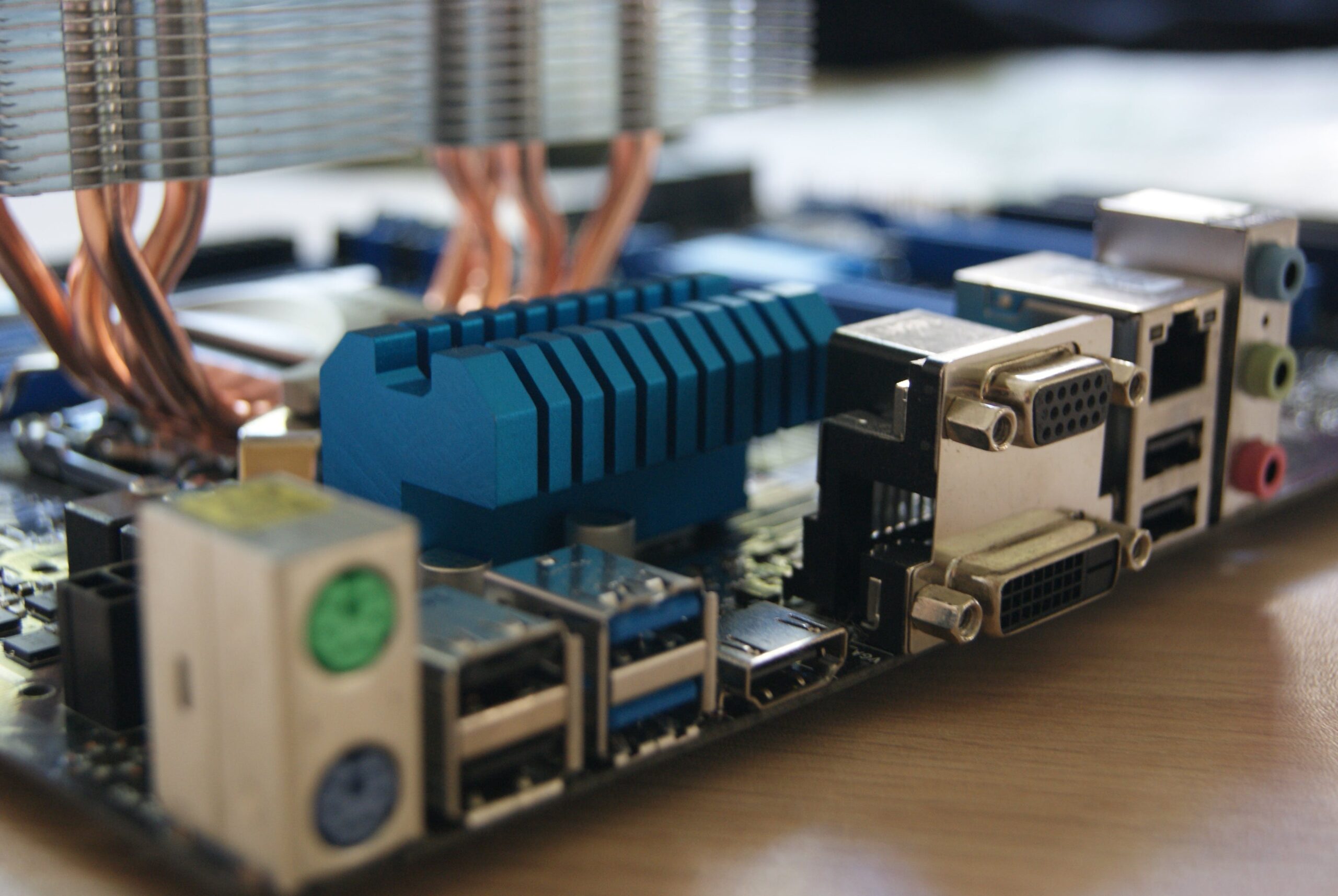In today’s digital age, technology has become interwoven into business fabric. Companies rely heavily on IT systems, from large enterprises to small startups, to carry out essential operations like processing orders, managing finances, communicating with customers, and more. However, this dependency also means any disruptions can translate to significant losses. Downtime costs the global economy an estimated $1.25 trillion annually, according to research from the Ponemon Institute.
Minimizing interruptions has become a top priority. That’s where emergency IT services play such a crucial role by providing rapid, round-the-clock assistance when unplanned outages strike. Whether due to hardware failures, cyberattacks, natural disasters, or human errors – calling in expert help during critical times is invaluable for damage control and recovery. In this article, we’ll delve deeper into the types of emergencies that can occur and how professional responders work to resolve issues promptly. We’ll also examine best practices for selecting a trusted emergency support partner.
Types of Emergency Incidents
Server Failures
Many organizations still use physical servers to power infrastructure and applications. However, these complex machines with thousands of components are also prone to breakdowns. A server crash or hardware malfunction can instantly affect operations by disrupting access to vital systems and data. Some common server-related emergencies include:
● Hard drive failures: As the primary storage component, a failed hard drive brings a server grinding to a halt. Emergency technicians can perform remote drive diagnostics and replacements.
● Power supply issues: Fluctuations in electricity or failures in power delivery units are difficult to predict but can cause servers to shut off abruptly. Experts troubleshoot to identify root causes.
● Overheating/cooling problems: Improper ventilation and cooling fans wearing out over time can cause servers to overheat, triggering automatic shutdowns for protection. Thermal scans and component replacements are done.
● RAM/CPU faults: Issues in random access memory (RAM) or central processing units (CPU) prevent servers from functioning correctly. Teams run diagnostics to pinpoint wrong slots or chips needing upgrades.
● Operating system corruption: Bugs, malware, or human errors can damage operating systems, leaving servers inaccessible until repairs are made. Recovery methods like reinstalls are employed.

Virtual Server Downtime
While seen as more reliable than physical machines, virtual servers hosted on hypervisors are still prone to software faults and configuration mistakes. Some emergencies involve:
● Hypervisor crashes: Issues in the virtualization software layer like VMware ESXi or Microsoft Hyper-V bring all VMs down. Reboots and patches are quickly applied.
● VM storage failures: When virtual machine disks stored on SANs or NAS experience corruptions, emergency actions restore uptime.
● Network disruptions: Outages isolating hypervisors from management or storage traffic halt VM access until connectivity is reestablished.
● OS/application bugs: Crashing guest operating systems or faulty application settings requires speedy debugging and fixes.
Ransomware Attacks
The scourge of ransomware has grown into a multi-billion dollar criminal industry preying on unprepared networks. Some telltale signs include encryption of files with ransom notes left behind. Emergency responders work to:
● Isolate infected systems to limit spread across the web.
● Employ anti-malware tools and hunt down malicious processes/registry keys.
● Restore files from offline/immutable backups if decryption fails.
● Shore up defenses with staff training, firewalls, and endpoint protection.
Data Loss Emergencies
Accidental data deletion or corruption incidents require prompt action to minimize impacts. Common scenarios involve:
● Hardware crashes resulting in storage device damage/failure. Forensic data recovery methods are applied.
● It mistaken folder/file deletions from user errors that bypass trash bins. Scanning recovers remnants.
● Malware infections like Cryptolocker encrypt user files on endpoints—previous backups aid restoration.
● Database corruption from bugs or silent errors that go unnoticed. Redundant logs facilitate repairs.
Natural Disasters
When fires, floods, hurricanes, or other natural disasters strike, emergency technicians help with the following:
● Setting up temporary infrastructure at off-site locations for business continuity.
● Salvaging any hardware possible through drying/cleaning processes.
● Restoring data and applications quickly from geo-redundant backups.
● Reestablishing communication channels through replacement equipment.

Choosing an Emergency Support Partner
With many potential issues requiring prompt resolution, companies must establish an ongoing relationship with a qualified emergency IT provider. Here are some key factors to consider:
● Response Times: The most important attribute is how rapidly assistance can be deployed. Reputable firms guarantee response SLAs, often arriving onsite within 4 hours for critical emergencies. 24/7 support centers also allow contacting help desks anytime a problem occurs.
● Onsite and Remote Capabilities: Look for providers offering remote support through VPNs/screen sharing and on-call engineers who can reach your location with tools and parts when hands-on work is essential. This hybrid model provides flexibility.
● Expertise and Certifications: Evaluate the experience level and qualifications of technicians. Do they possess advanced skills/badges for major operating systems, virtualization, security, and networking? Reputable emergency teams undergo continuous training.
● Scalability: Emergencies can happen to companies of any size. Ensure your partner can scale response teams based on the severity and scope of issues. Enterprise-grade firms have more resources for multi-site outages.
● Security Resources: With cyber threats constantly evolving, select a provider well-versed in ransomware recovery, penetration testing, firewall management, and security audits. They should aid with controls to prevent future risks.
● Service Portfolio: Does the company offer comprehensive support plans or pay-as-you-go options? Look for bundles, including remote monitoring, backup/disaster recovery, staff training, and proactive maintenance to optimize uptime.
● Incident Management: Top firms use ticketing portals and project plans to document issues thoroughly from initial diagnosis through resolution. Status updates keep leadership aware of recovery work.
● Pricing and Contracts: Affordability is critical, especially for emergency support, which can’t be budgeted in advance. Understand included/additional costs upfront to avoid surprises on invoices later. Flexible contracts offer value.
● Customer Reviews: Read online testimonials and case studies highlighting a provider’s ability to resolve real-world outages professionally and quickly for clients in your industry. Repeated customers signify satisfaction.
Partner with ZZ Servers for Reliable Emergency Support
Did you find this informative article on emergency IT services valuable? As a business leader, you understand the importance of minimizing downtime through prompt issue resolution. With over 17 years in the industry, ZZ Servers has the expertise to be your trusted partner for proactive managed services and emergency response when needed. Our team of certified technicians is standing by 24/7 to answer your call at 800-796-3574. Whether it’s a security breach, data loss, or infrastructure failure – you can depend on our rapid arrival and thorough approach to restoring normal operations quickly while strengthening your defenses long-term. Let’s discuss how we can design a customized support package to keep your business running smoothly, even during critical situations.
Conclusion
In summary, technology issues will inevitably impact businesses at some point regardless of preventative measures taken. The key is having the right emergency support system to minimize downtime costs and disruptions when the unexpected strikes. It entails partnering with a vetted, responsive provider offering remote and onsite assistance 24/7.
Leading providers like OptiSolve invest heavily in recruiting top technicians who maintain certifications and develop customized incident response plans for each client. Their focus is restoring operations as quickly as possible while addressing root causes to strengthen long-term security posture. This comprehensive, proactive approach delivers actual value that pays dividends, especially during critical situations.
Frequently Asked Questions
u003cstrongu003eWhat types of issues do emergency IT teams typically handle?u003c/strongu003e
Emergency responders assist with various critical situations, including server failures, cyberattacks, natural disasters, data loss incidents, etc. Their goal is to minimize downtime and disruption through rapid resolution.
u003cstrongu003eHow quickly can emergency help arrive onsite?u003c/strongu003e
Leading providers guarantee response times within 4 hours or less for high-priority issues. Some even have on-call technicians 24/7 who can reach your location within 2 hours. Remote assistance is also deployed immediately through screen sharing.
u003cstrongu003eWhat should be included in an emergency support contract?u003c/strongu003e
Look for flexible agreements covering remote and onsite support, defined response SLAs, service level plans tailored to your needs, and affordable pricing models like monthly retainers. Top-rated firms also provide proactive services to reduce future risks.
u003cstrongu003eHow can we prevent technology emergencies from occurring?u003c/strongu003e
While some issues can’t be foreseen, implementing reliable backups, staying patched, training staff on secure practices, and leveraging managed detection/response reduces vulnerabilities. Selecting a partner to monitor infrastructure enables catching minor problems before they escalate.
u003cstrongu003eWhat types of credentials should emergency technicians have?u003c/strongu003e
Skilled responders maintain certifications for major operating systems, virtualization, security, and networking to diagnose various scenarios quickly. Continuous training ensures mastery of evolving tools and methodologies for restoring normalcy promptly.


